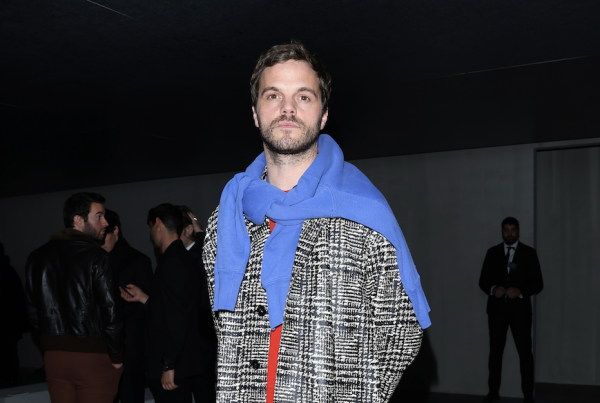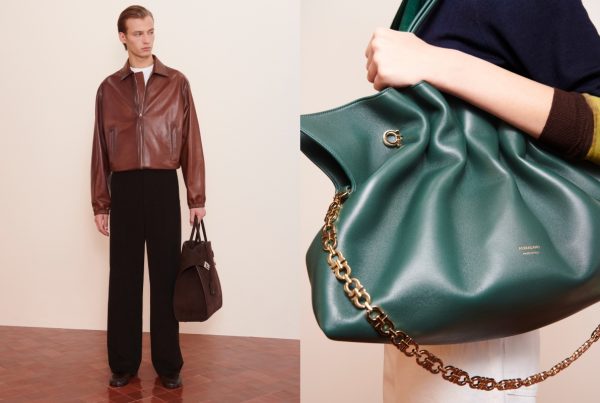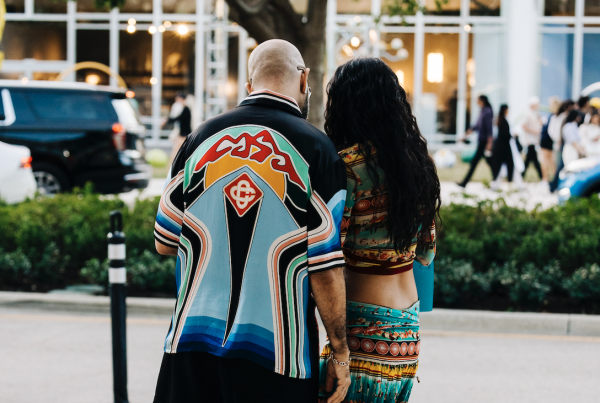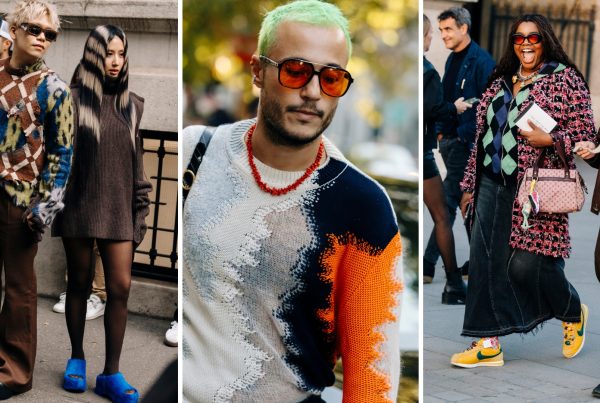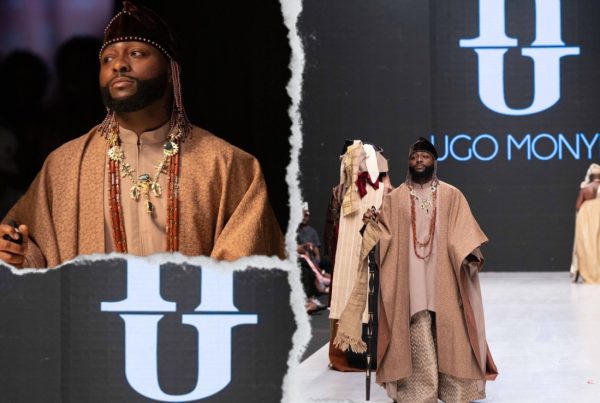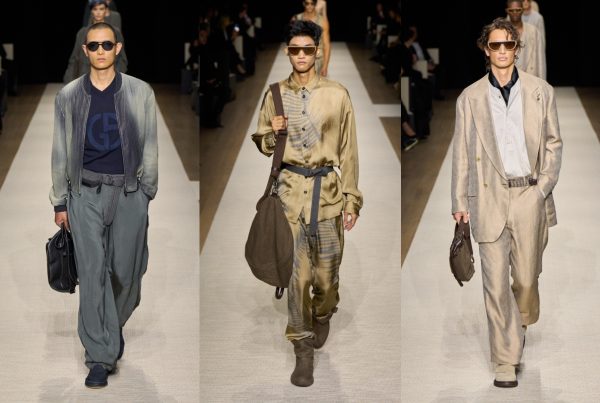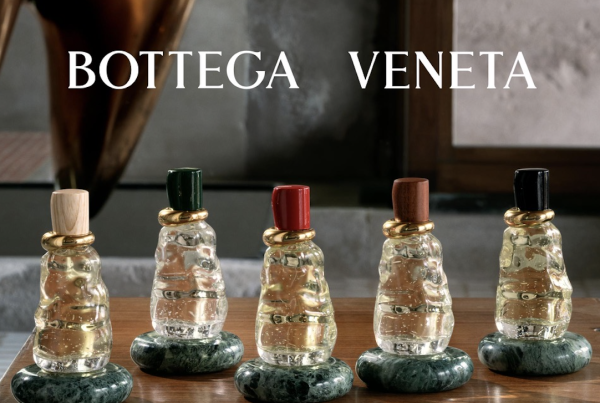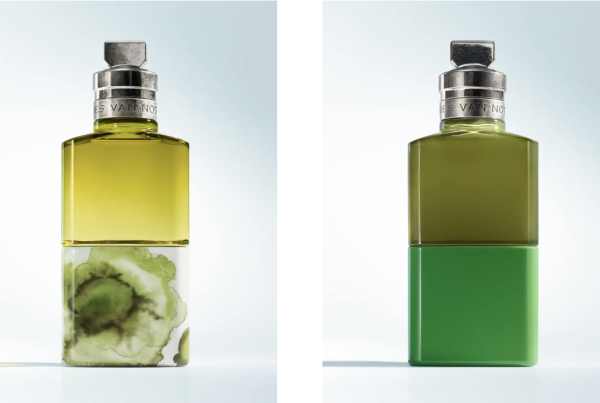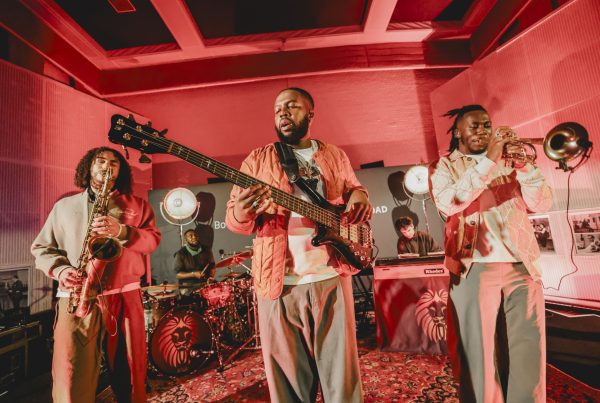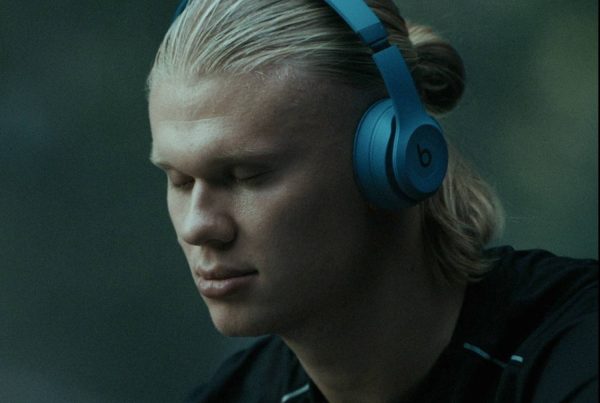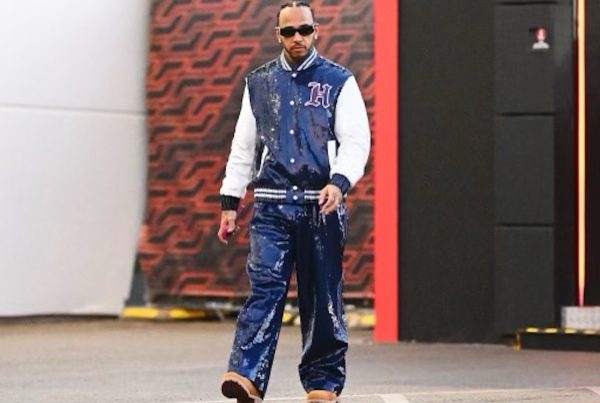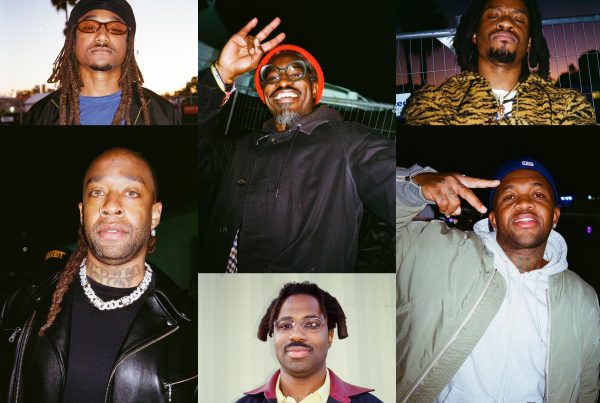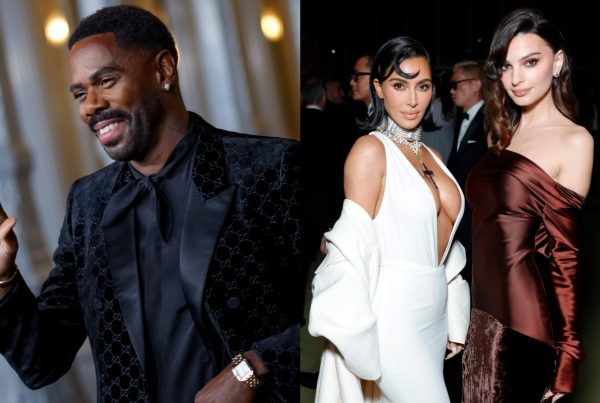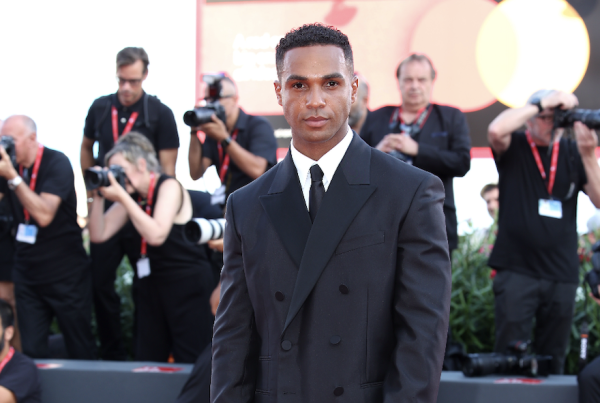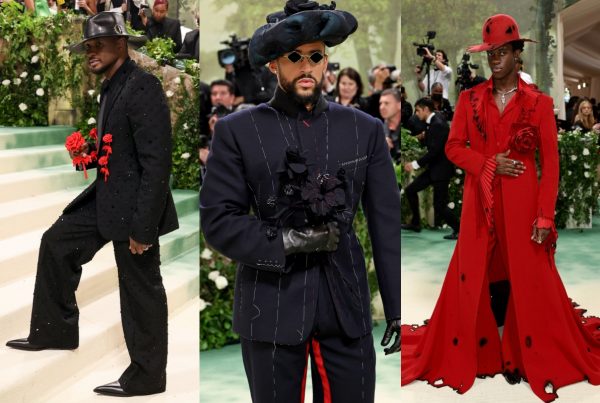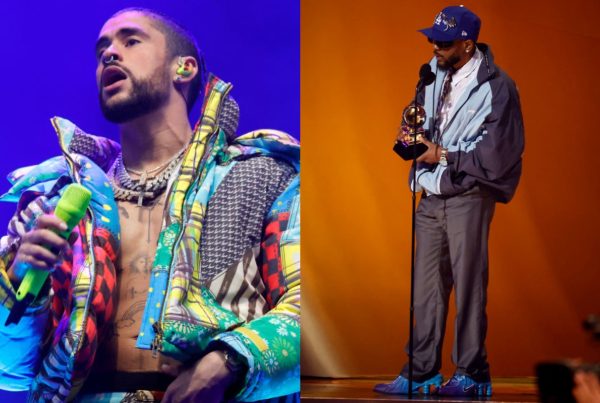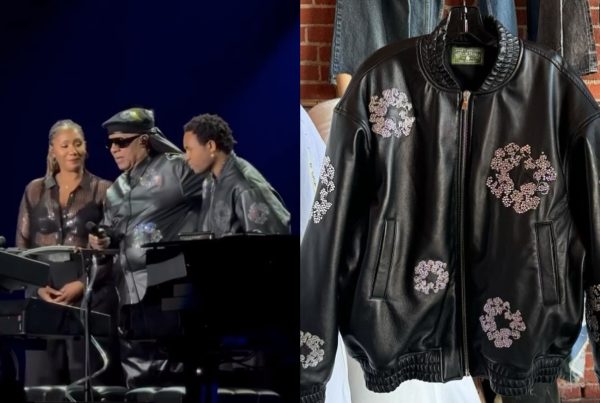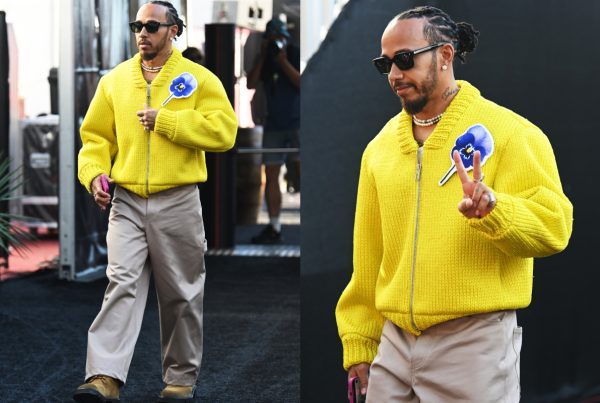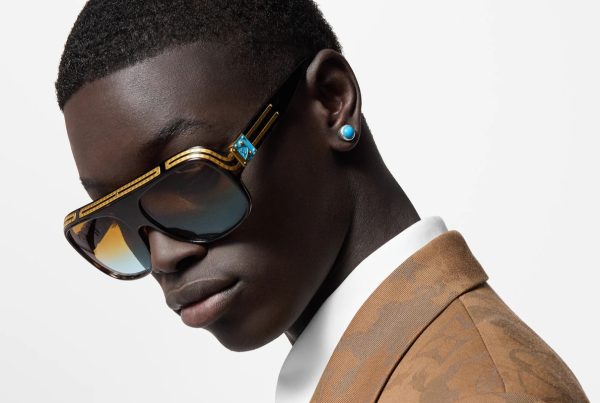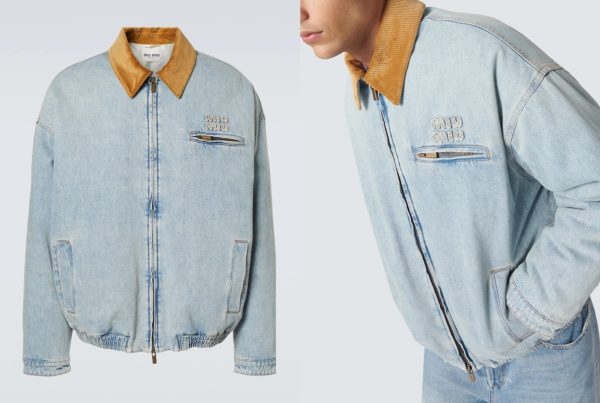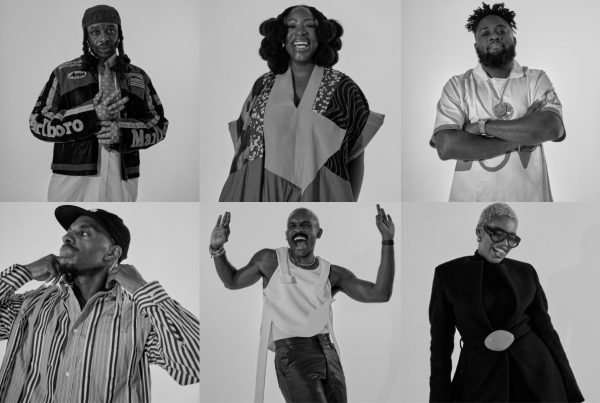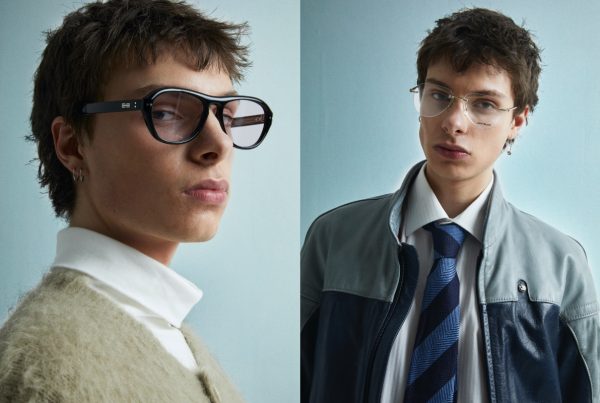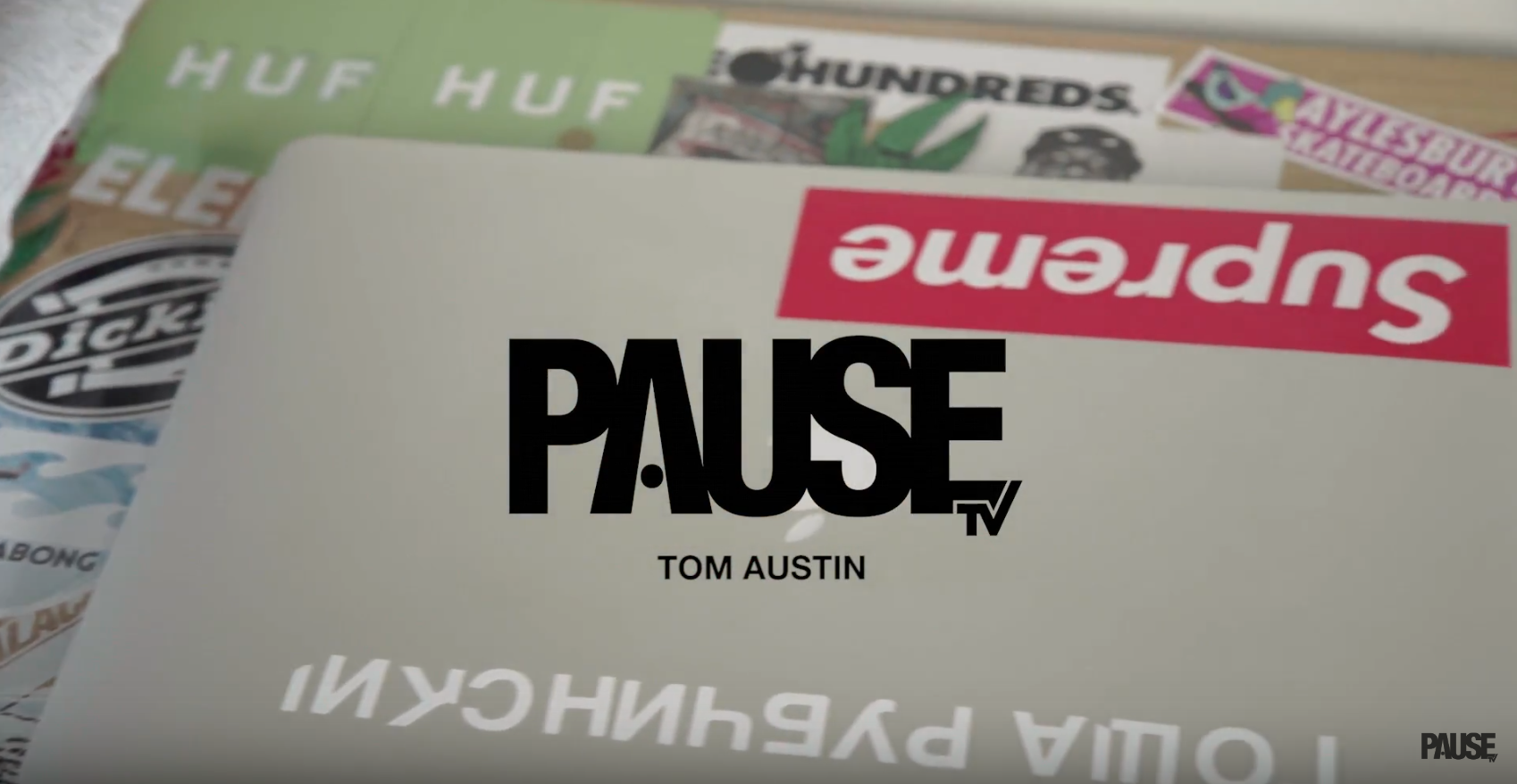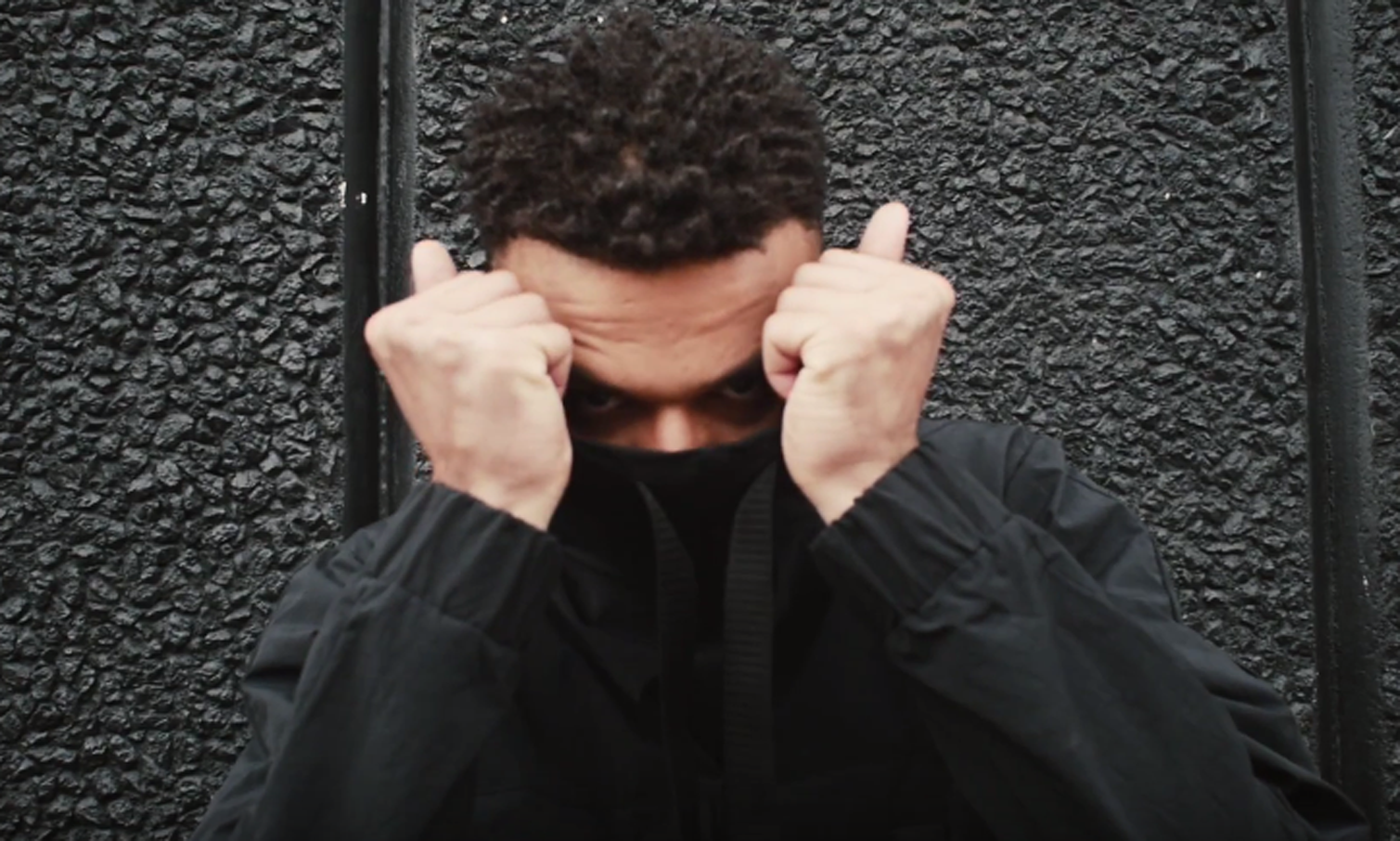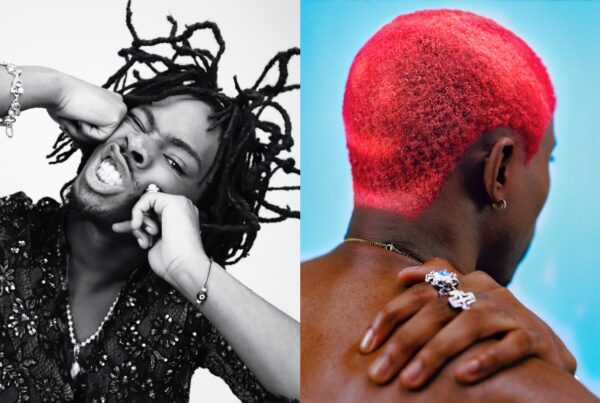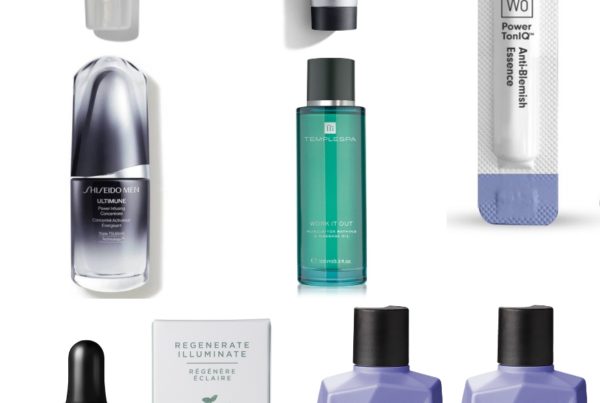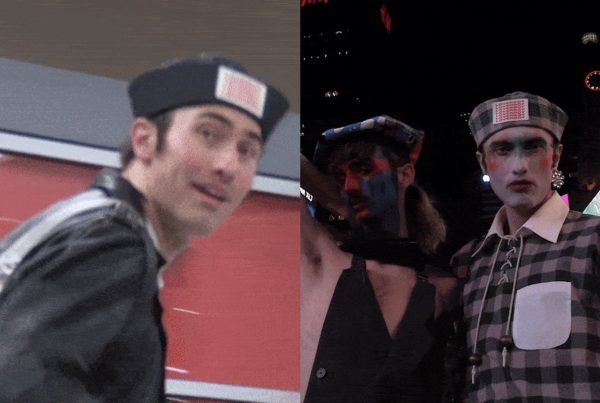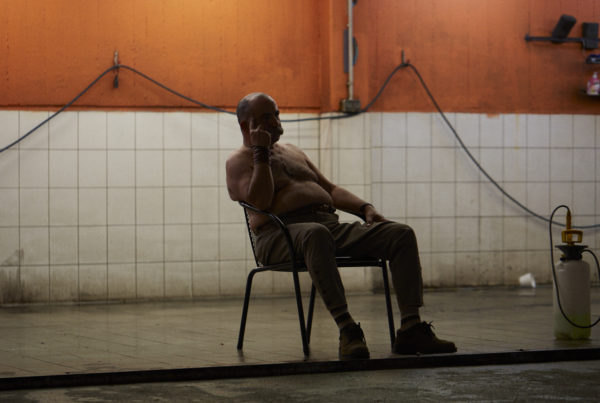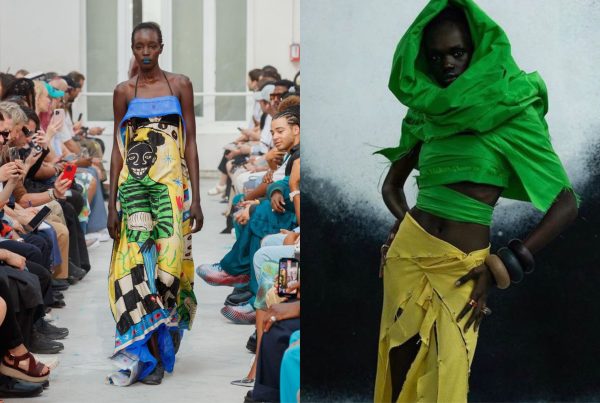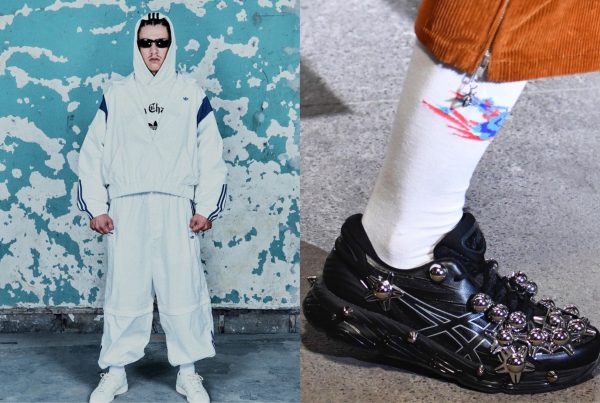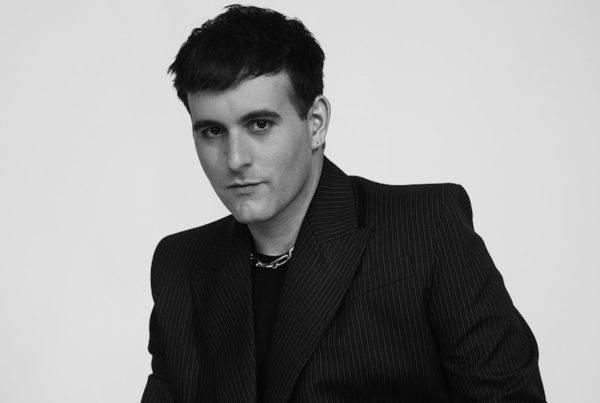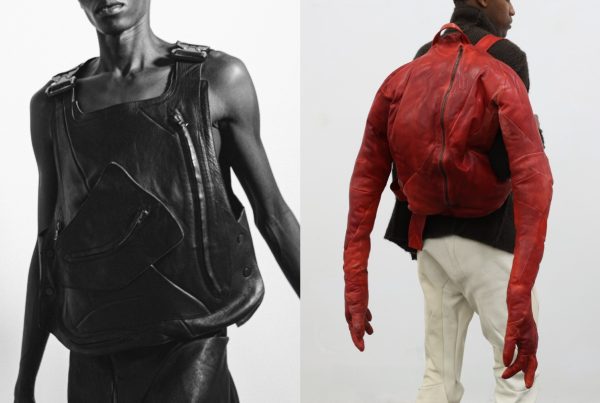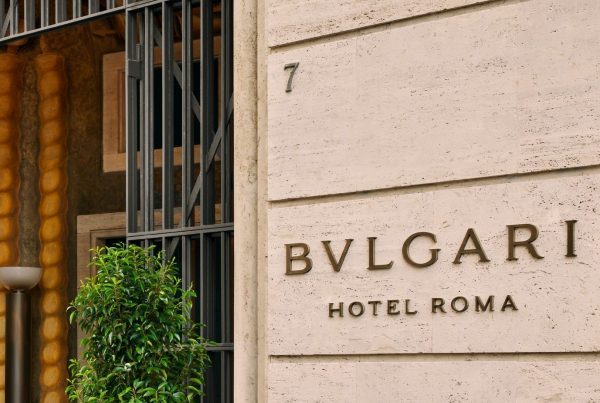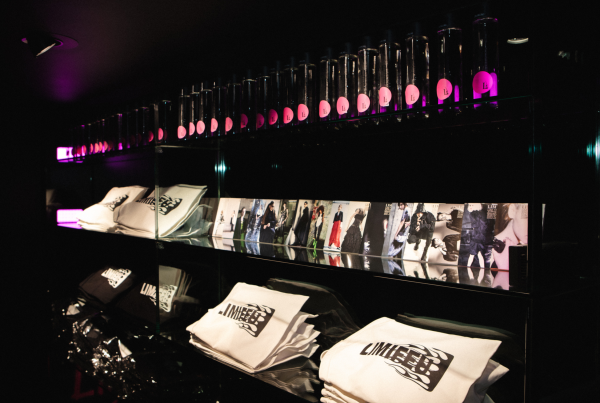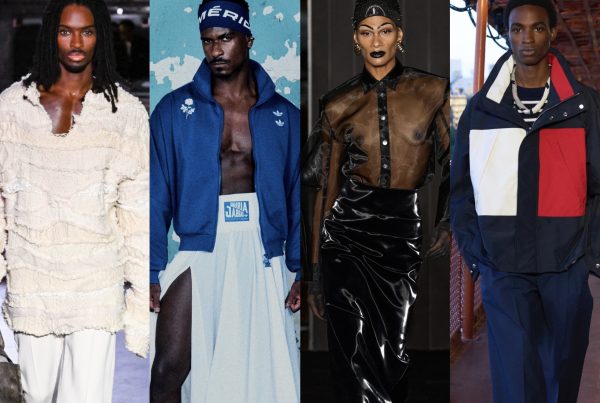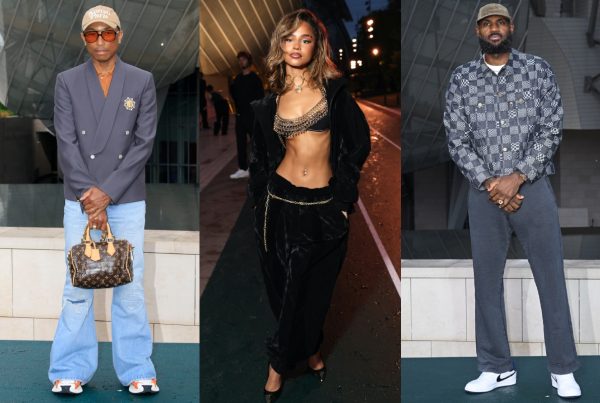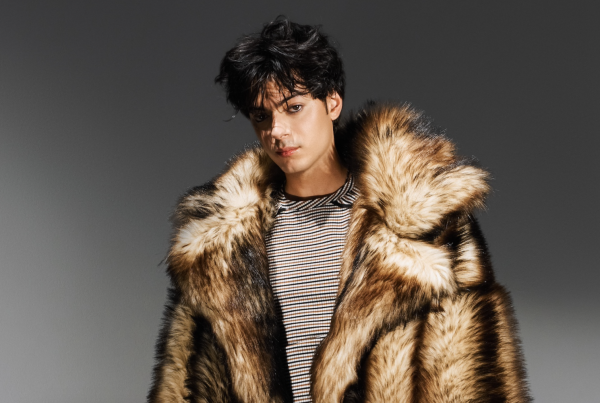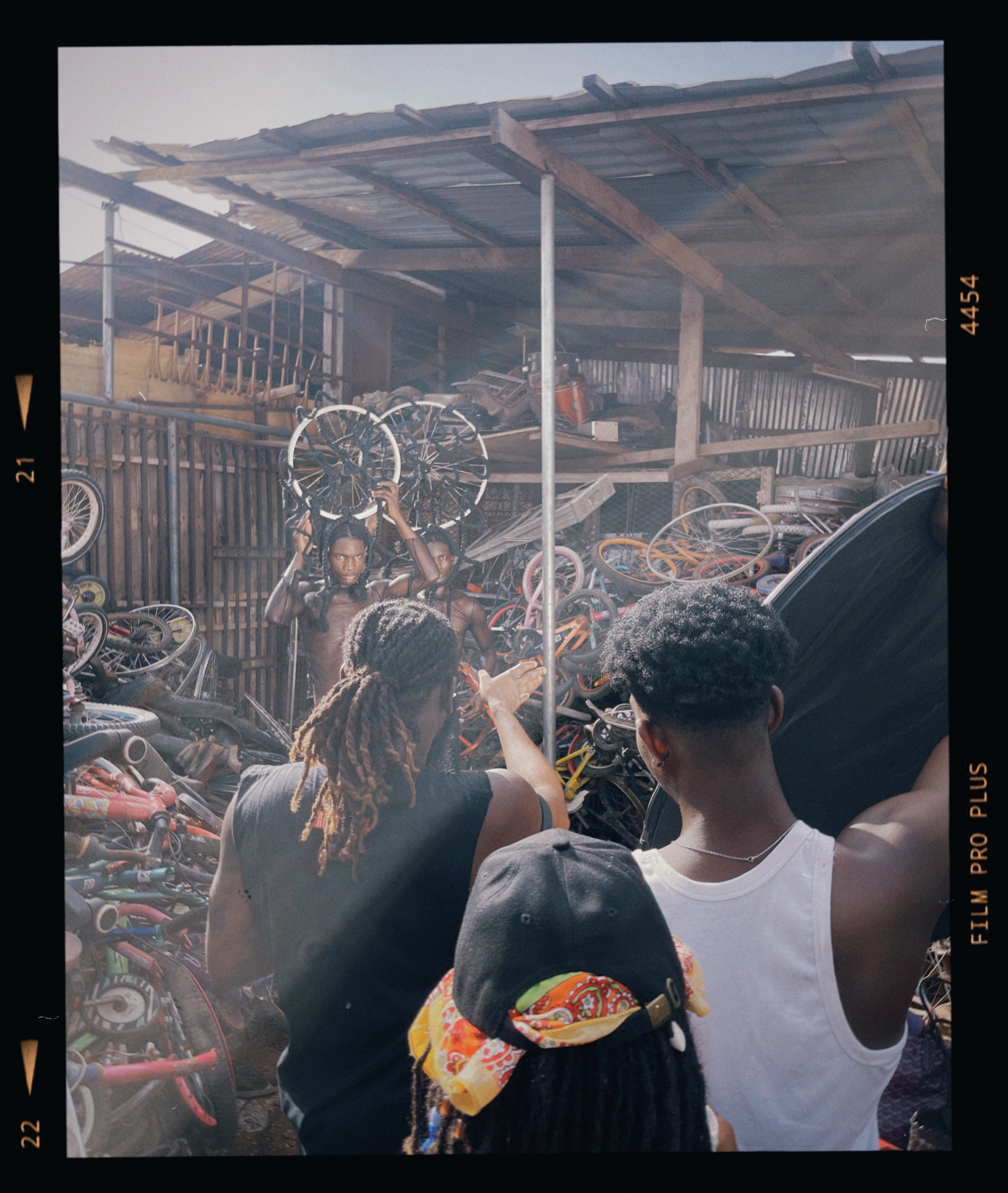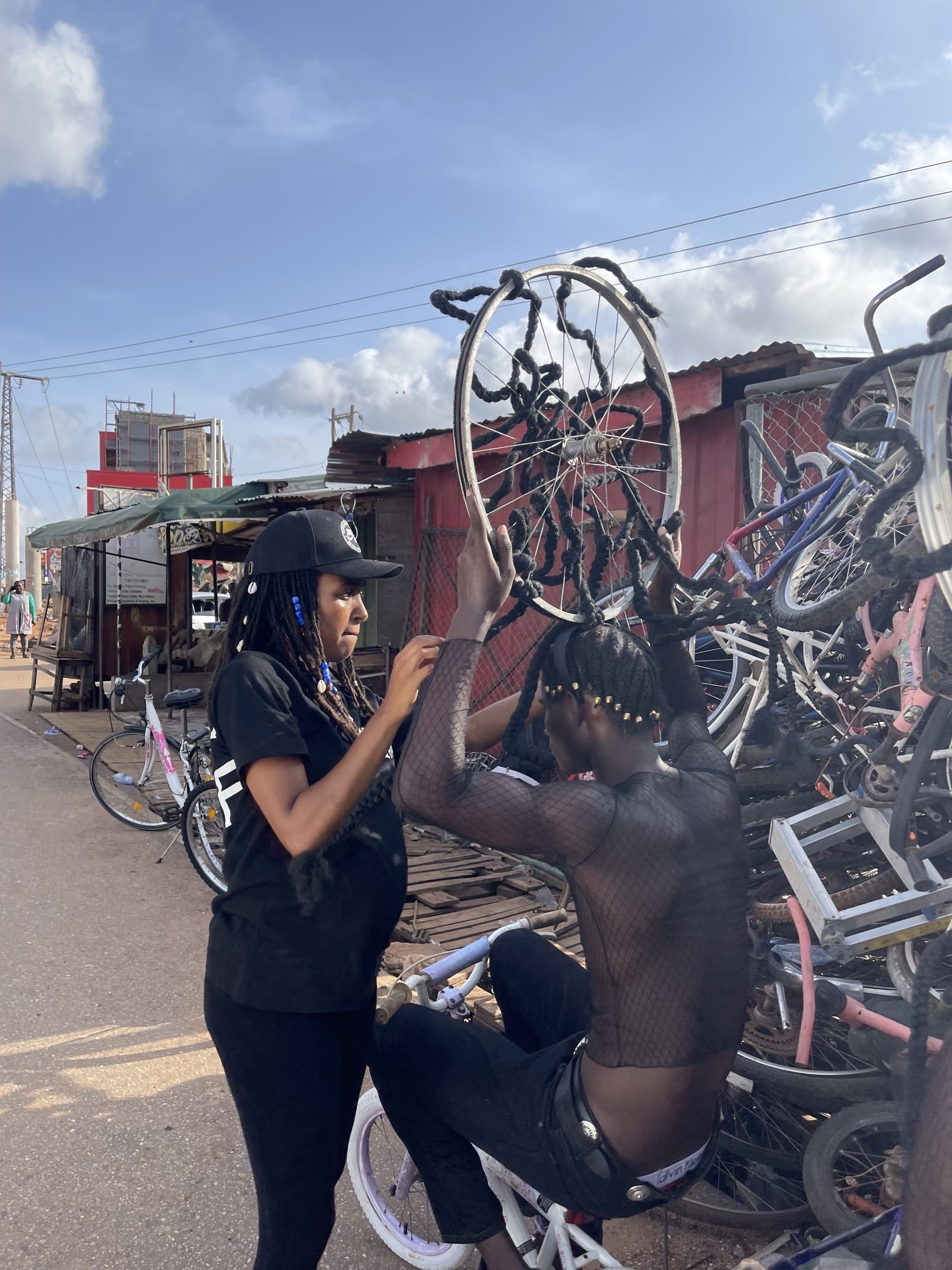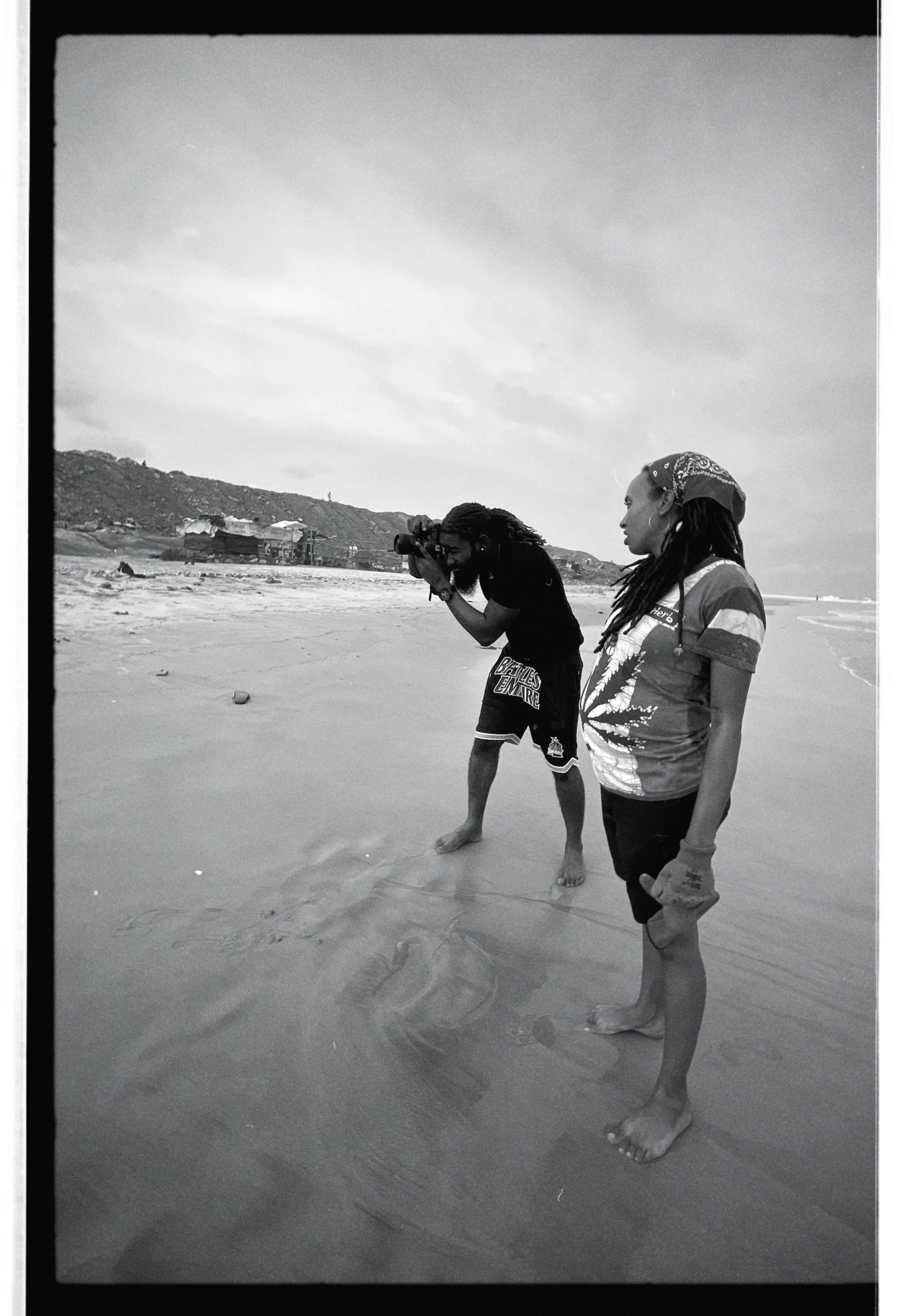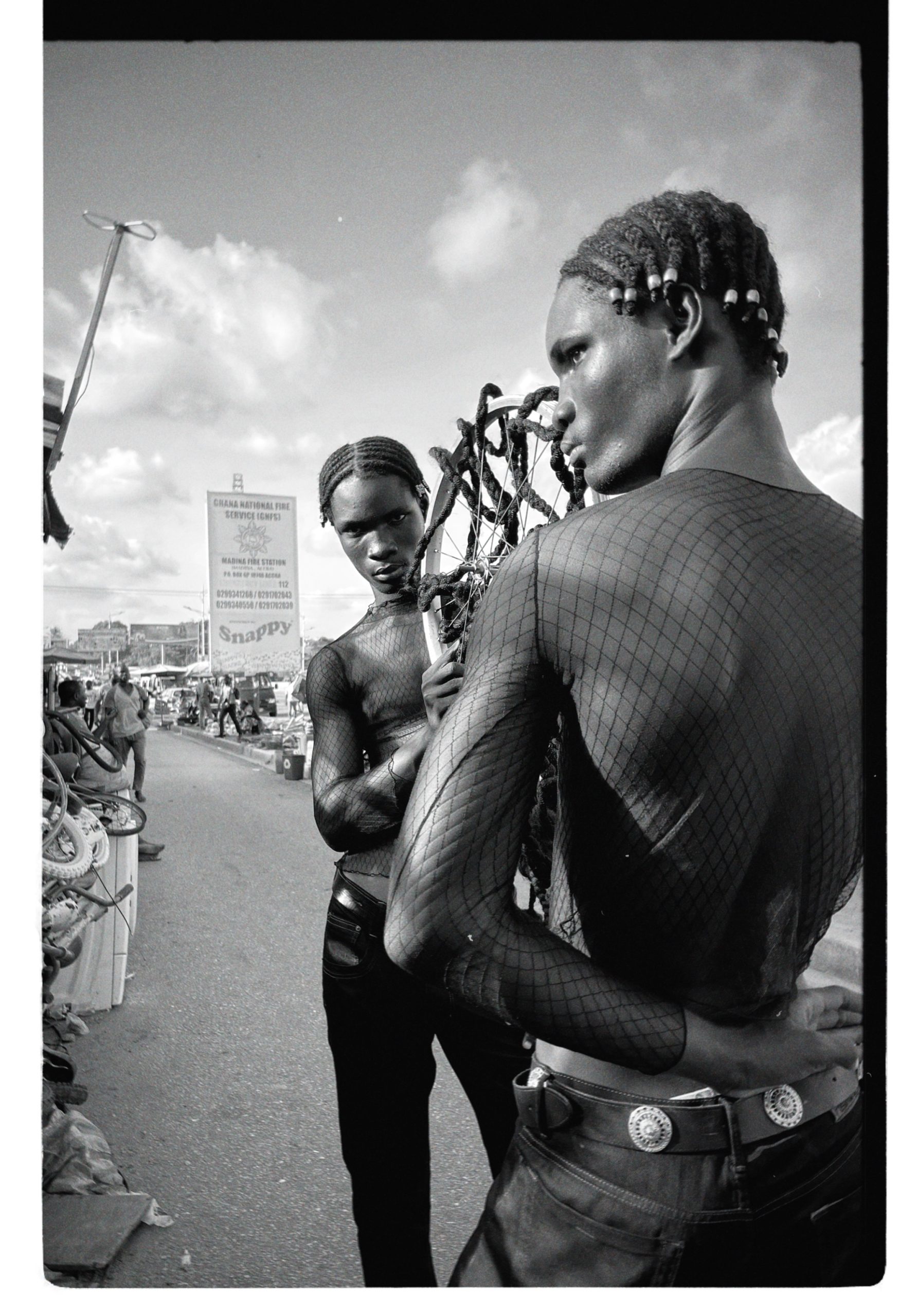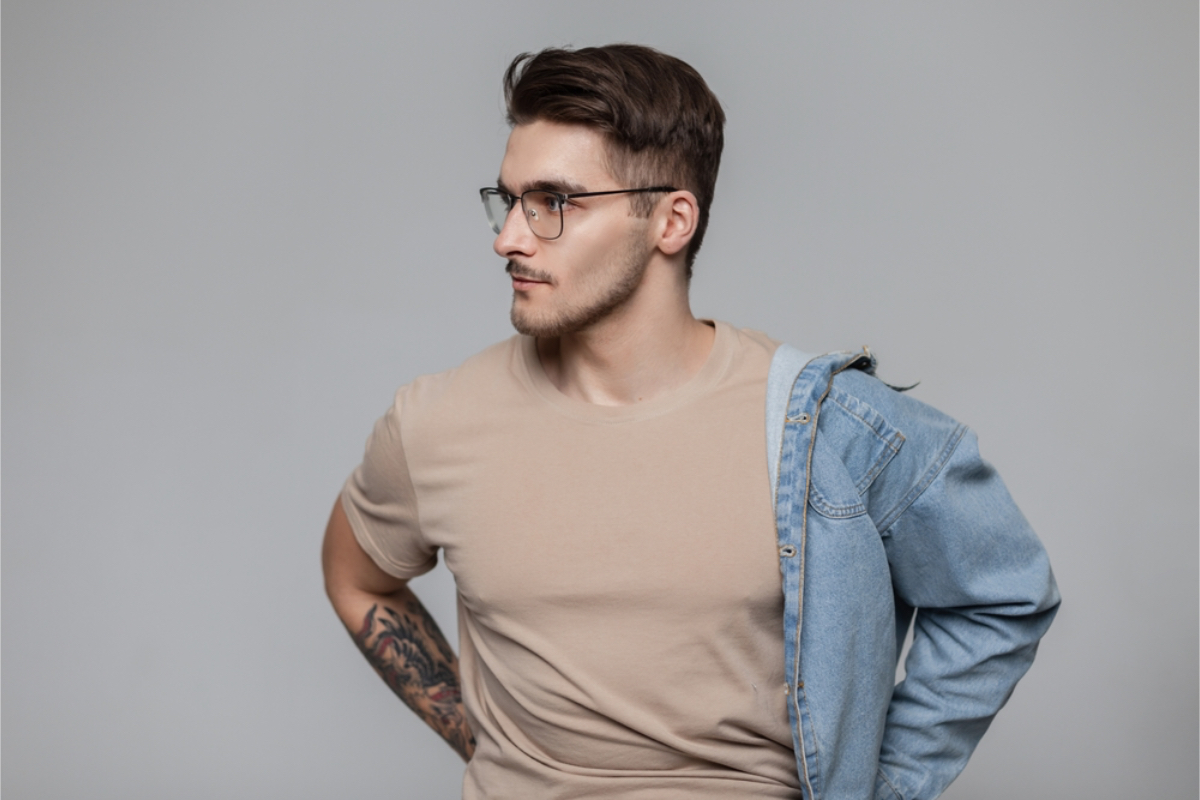Documenting Ghanaian Hair
Asia Clarke and Christian Saint both come together to showcase a new exhibition in Ghana, Accra called ‘STRANDS & STRUCTURES’. The photo exhibition sees hair sculpture artist Asia Clarke and photographer Christian Saint collaborate on a thought-provoking project that unveils a new perspective on urban evolution in Accra. The exhibition opens to the public on the 5th until the 19th of January 2024.
Opening Night: January 5, 2024 @ 7PM
Date: January 5 – 19, 2024
Location: The Mix Gallery, Accra, Ghana
See below photos from behind-the-scenes of the upcoming photo exhibition
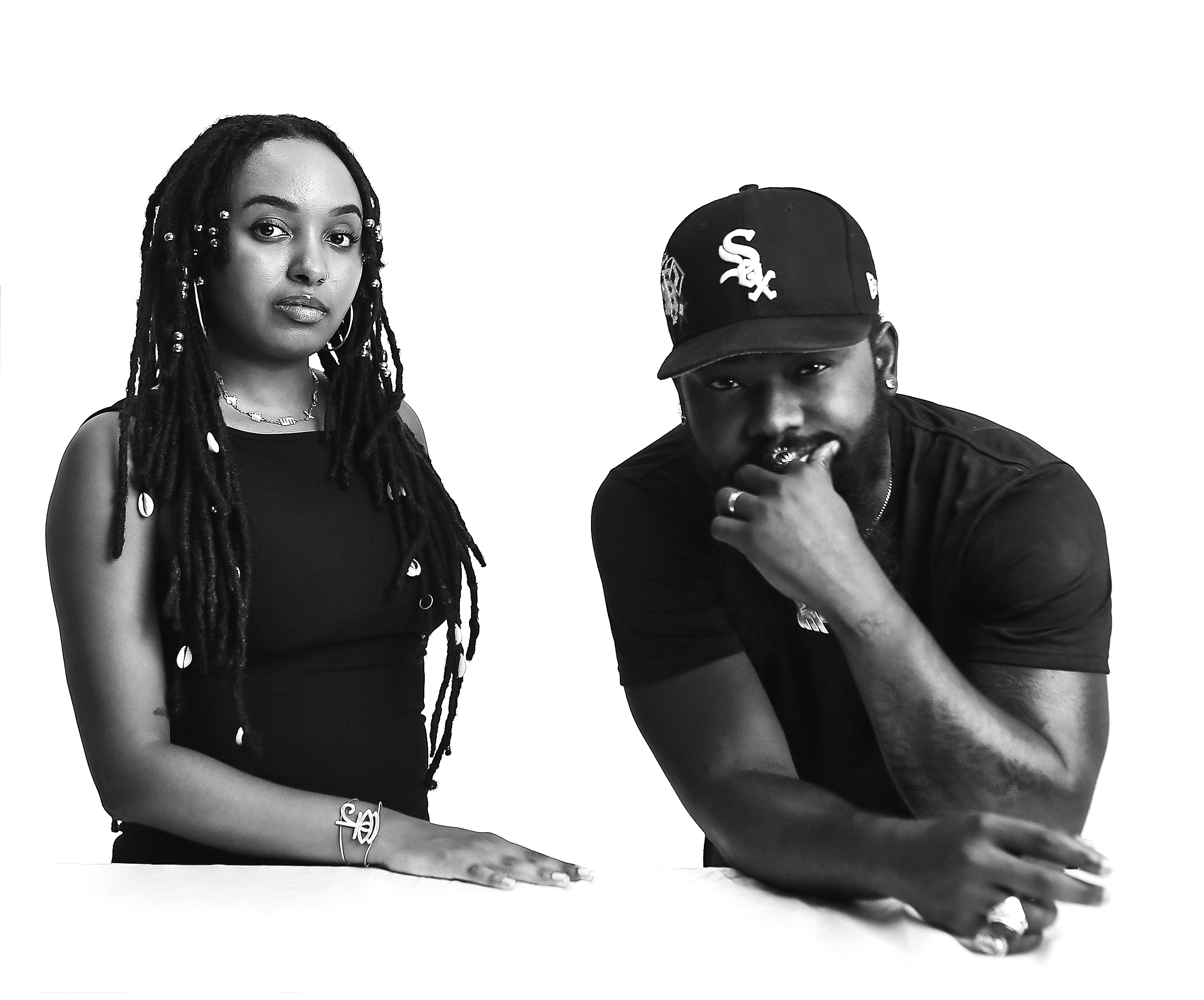

How did the idea of this project come to life?
A: Driving through Accra one day in early 2022, I had an idea to create hair sculptures in public spaces. At the time I had just found out I was pregnant, and I was feeling hopeful, creative and excited. I am a multidisciplinary artist, jewellery designer and researcher, but since moving to Accra in 2020 I’ve been operating mostly as a hairstylist. For the past few years I’ve been gaining recognition for the hair art I’ve done for commercial, editorial and film projects. But I have always been interested in environmental sustainability and urban development since finishing my undergrad at York University 10 years ago.
I approached Christian about the idea, and it was through collaboration that we were able to come up with more ideas, scout locations, models, and determine the environmental themes. We didn’t know where this project would take us, but I’m glad we followed through because we created an amazing series that really tells a story.
For each of the areas of focus (air pollution, water pollution, transportation, energy, construction, and market economy) we worked with journalist Brian Owusu-Konadu to conduct short interviews with area residents to talk about their experiences in each space. We wanted to capture stories to create an immersive audio experience at our show. We both love Ghanaian music and culture, so we believed a soundscape would be a great addition to the whole vibe. So with those interviews we then created a soundscape with sound engineer Eugene “Atown TSB” Okpoti and guitarist Joshua “Moszi” Nkansah. It was a lot of hard work but it was a labour of love the whole way through.
C: Asia and I have been friends for a minute. Before this project, she reached out to me to shoot her “Moon Masquerade” series that explored the connection between Ghanaian and Caribbean masquerade cultures (which was funded by the Ontario Arts Council). That was our first work together and it came out really well.
So when she reached out to collaborate on another project in early 2022, I didn’t know what to expect. I did not know the project was going to be this transformative. And even that day, she told me that she was pregnant, and I was like “Damn! That’s crazy”. The bump wasn’t even showing yet. She said she wanted to take the next year to take our time and create the project. I’ve never worked on a project that took this much time before, it’s nearly two years since we started working on this. She was very intentional, and I knew that this was something that shouldn’t be rushed. So we did a lot of scouting, brainstorming, model casting, and meetings. This is the first time I ever collaborated in a way that it felt like we were really building something monumental over a long period of time.
Ghanian hair has such strong historical meaning, tell us about some of the hair styles created through these photos?
C: Ghana is really rich when it comes to indigenous culture, and hair art is native to Ghana. Mostly in the project we used braids and in the incorporation of different objects to signify our connection to the world around us. I’m just glad I got to capture it as well as I did.
A: I am from the Afro-Caribbean diaspora, so our cultures overlap in terms of the significance of braid styles for covering meaning, status, and individuality. Therefore, in this project I focused mostly on braid and loc styles. I used wire inserted into braids (sometimes over 6M long!) to then bend and mold into the hair sculptures we used to shoot.
For the Air pollution hair sculptures, I used braids connected from the top of the head of each model to oxygen face masks. This was to signify the urgent need to address air quality in Accra. At times last year, Accra’s air quality was so low, it was comparable to the low quality of infamously bad air quality in big cities like New Dehli, India.
The bicycle hair sculptures were the most fun and challenging to create. They were heavy, so I had to get innovative to find a way for them to balance on the heads of the models.
For the water pollution shoot, we created 6 ft long locs from recycled fishing rope to match the hair aesthetic of the model himself, who had locs. I wanted to create the image that he was one connected to the water and all the pollution that cluttered the beach, so the locs needed to also be attached to the plastic waste we found on the beach that day.
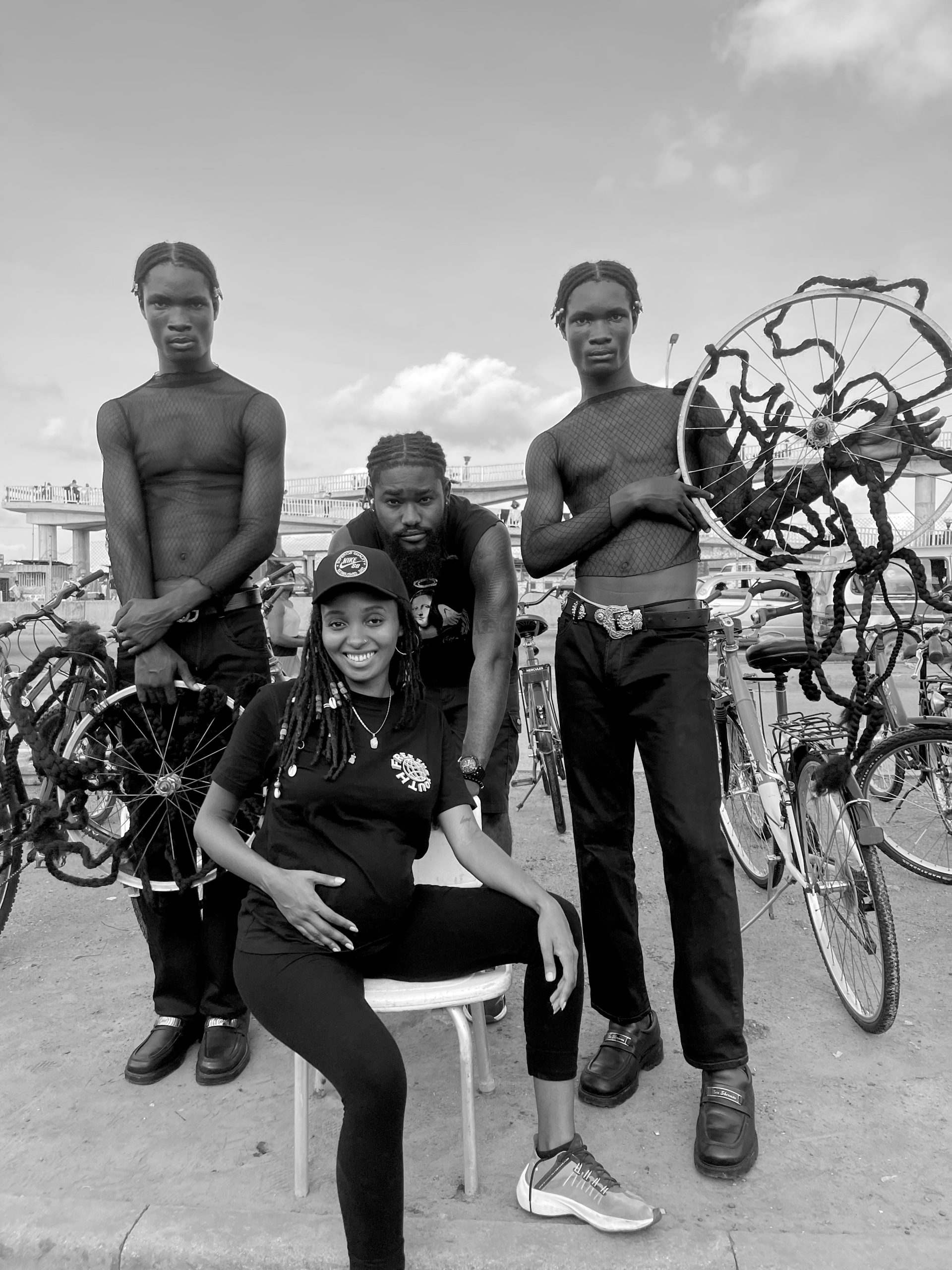
Tell us about the process of shooting this project, did you guys face any difficulties and how did you over come them?
A: During the entirety of the shooting process, I was pregnant with my first child. So I was going through all the things… I had to be careful of my surroundings too. Some of the places were crowded, and so we had to be careful shooting in certain crowded spaces. But I also felt so creative and inspired during my pregnancy and I’m really glad I got to channel it through this project.
Now that we’re coming to finish all the preparations for the show, we can be proud of overcoming the challenges and we are so excited to show the world what we’ve created.
C: Personally, I was never worried about challenges on set, I was more worried about being careful with Asia on set. I’ve never worked with a pregnant person before, so I think I just had to consider how we can be safest especially when we were scouting in places like the very crowded Makola and Kantamanto markets. But she was dedicated, even when we got to certain places, she would be like “Nahhh, I can do it. Let’s go.” It’s just the resilient spirit of Asia. She knew what she wanted, and she premeditated the whole thing. Even though sometimes she said she was tired, so we would have to take breaks. I care about her though, and as a man I have to make sure she is alright too. But I love that I saw the strong side of her.
Apart from that, I thought it was great that all the people we spoke to and interviewed were down for the project from the start. Especially because of the environmental and developmental aspect of the project, people really are concerned for Ghana’s future. They are looking for a way to talk about what they are really facing in Accra, and we created a way through this project.
What was each of your most favourite captured moment during the documentation of this exhibition?
A: The first shoot we did was at the bicycle shop at Madina Zongo Junction with Ghanaian models Herbert and Welber Darko. When Christian showed me the pictures from that first capture, I felt the magic of the whole project.
Also, the creation of the soundscape with producer ATown and guitarist Moszi was such an inspiring moment that brought everything together. Being in the studio cooking up such iconic Ghanaian sounds with the interviews was a new experience. Neither Christian or myself had ever been involved in making music before, so we were so amped when it came out sounding so soulful.
C: My favourite shoot was at Borla Beach, behind Accra Art Center. Borla translated to English means ‘garbage’, so this was an area that is infamous for being very polluted. We interviewed a man named “Obolo Kofi” which translates to Big Kofi. He had big chains on, he almost looked like an OG hip hop artist. He had a lot of things to say about the upcoming urban development that is displacing the community, and he really cares about the upkeep and cleanliness of the beach. He even helped us set up for the shoot. Through the project we met so many people who were interesting and contributed in their own unique ways.
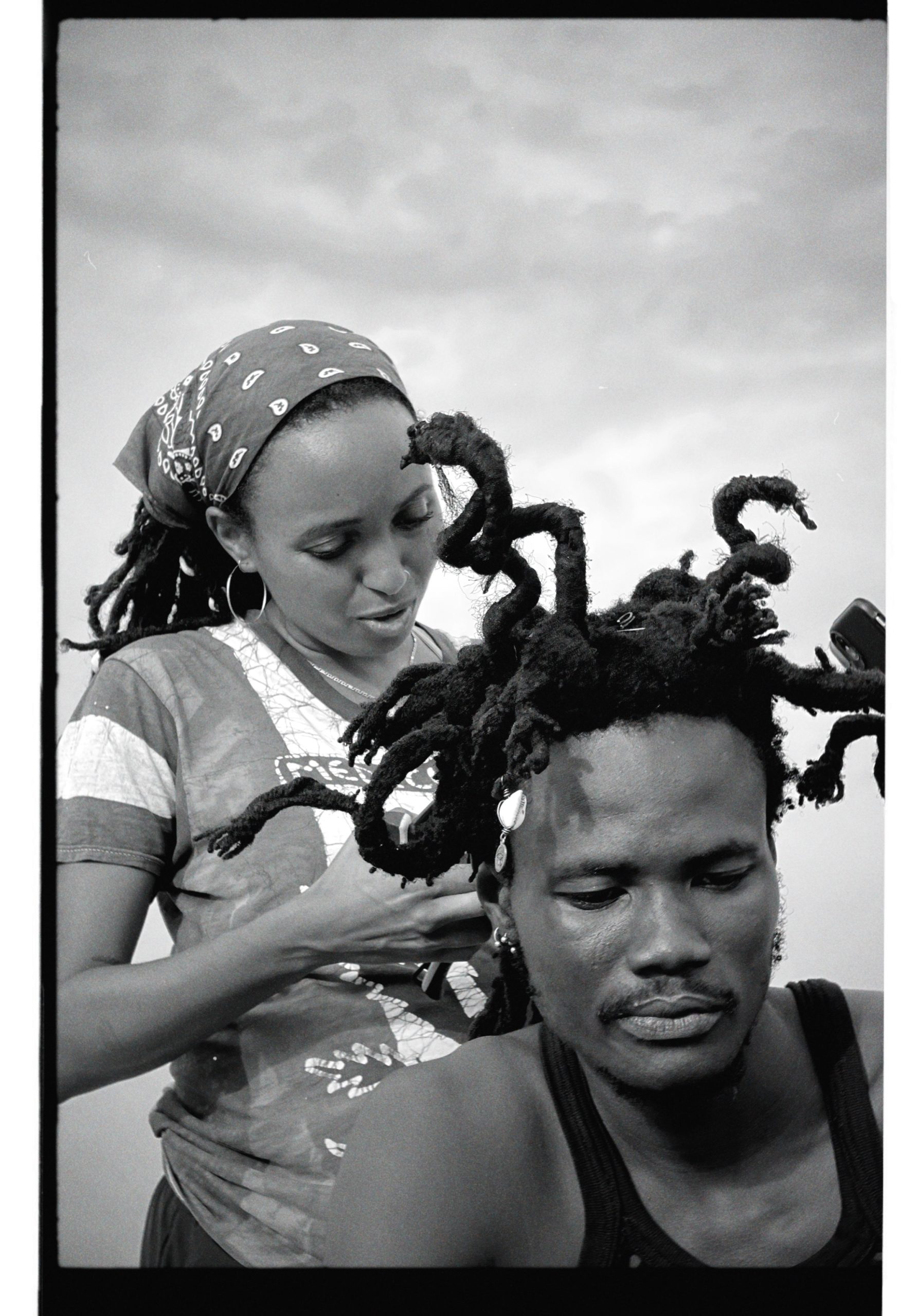
What was the main message you both wanted to share?
C: As a visual artist, my message is to stand for something important. In the world we live in now, we need to be able to stand for something we believe in. Whether being climate change, proper governance, or human rights. The main message is for creatives to become brave enough to stand for something, and help the world heal through your art. I’m no president, but I’m doing the best that I can to make change with my own resources. Through this project, I am also creating a legacy and hope to inspire others to care about environmental sustainability and the future of Ghana.
A: Being from Afro-Caribbean descent, and growing up in multi-cultural city of Toronto, I fell in love with Ghanaian culture from the first time I came in 2016. Since then, a lot has happened in Ghana – it has really blown up as a tourist destination. Which is good, but also has a lot of negative side effects like inflation and gentrification. On social media, I have also been seeing a lot of discourse about some of the challenges like governance and environmental degradation, issues which often go ignored by many of the tourists and returning diaspora. I see the STRANDS & STRUCTURES photo-documentary project as my love letter to Accra, bringing attention to the realities of a city that I truly love.



